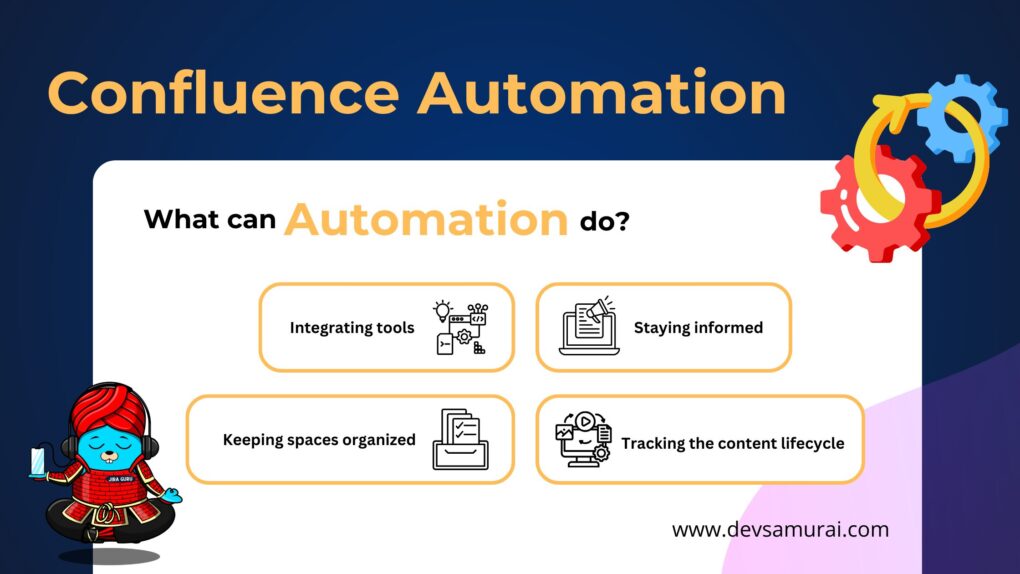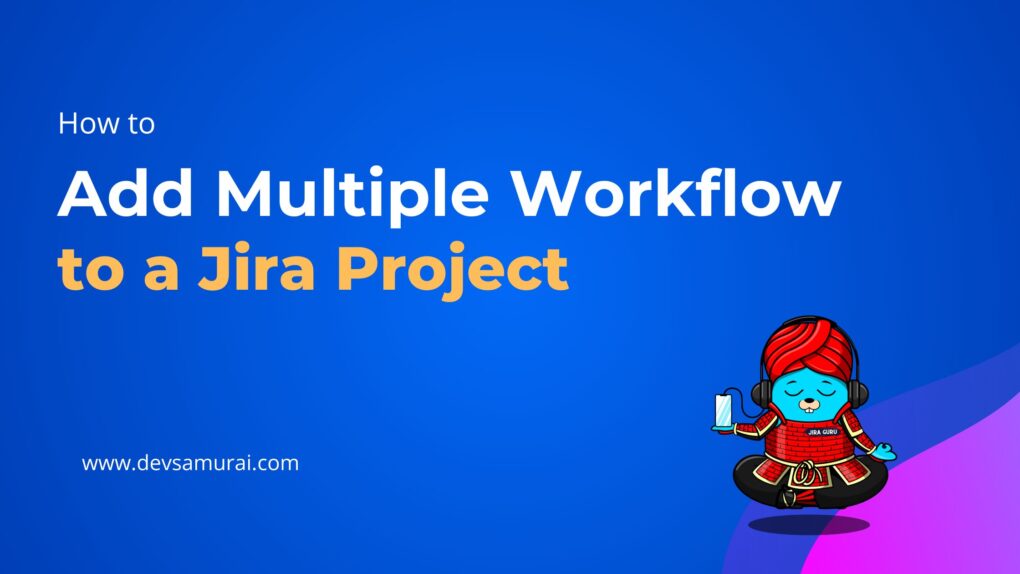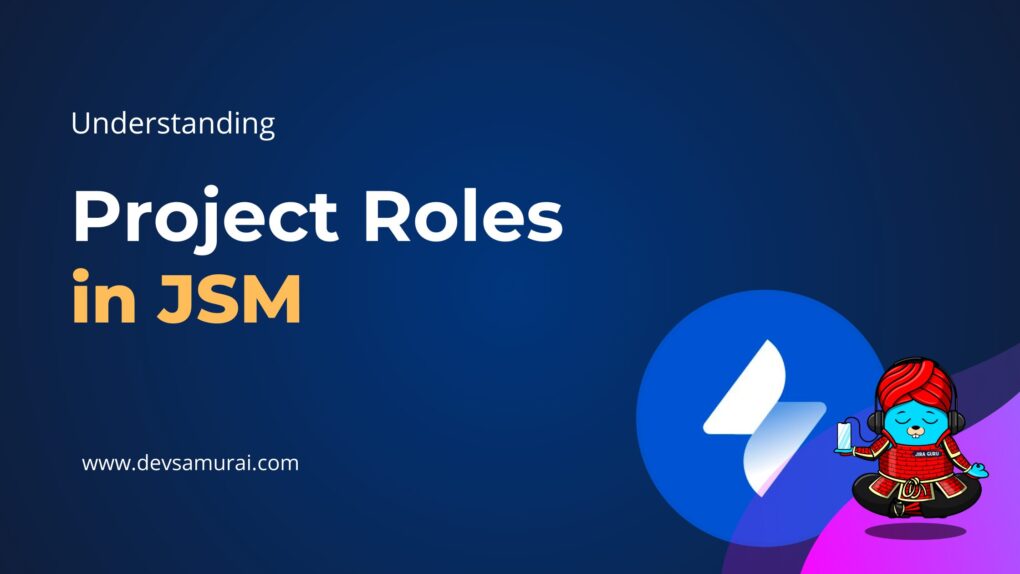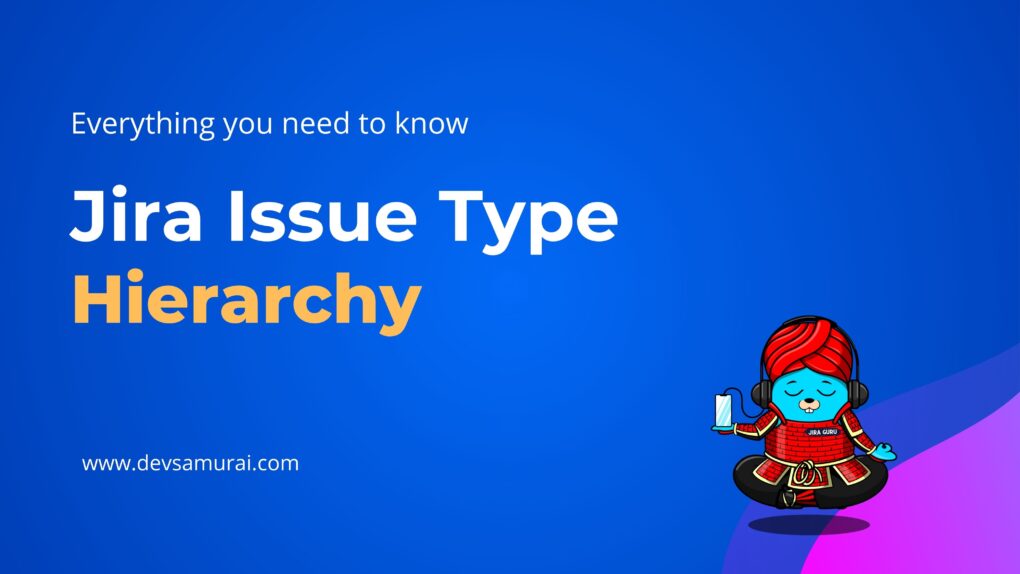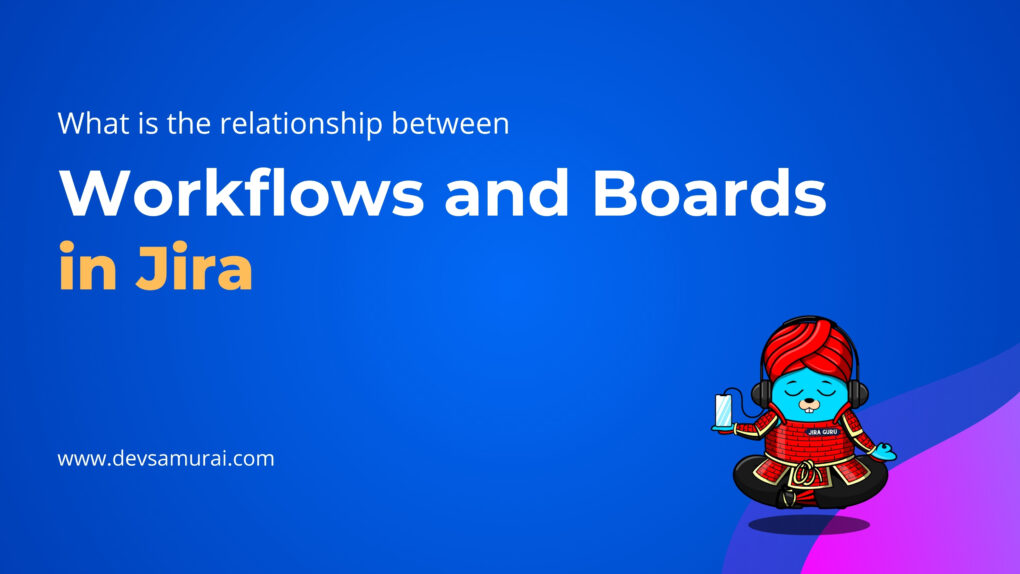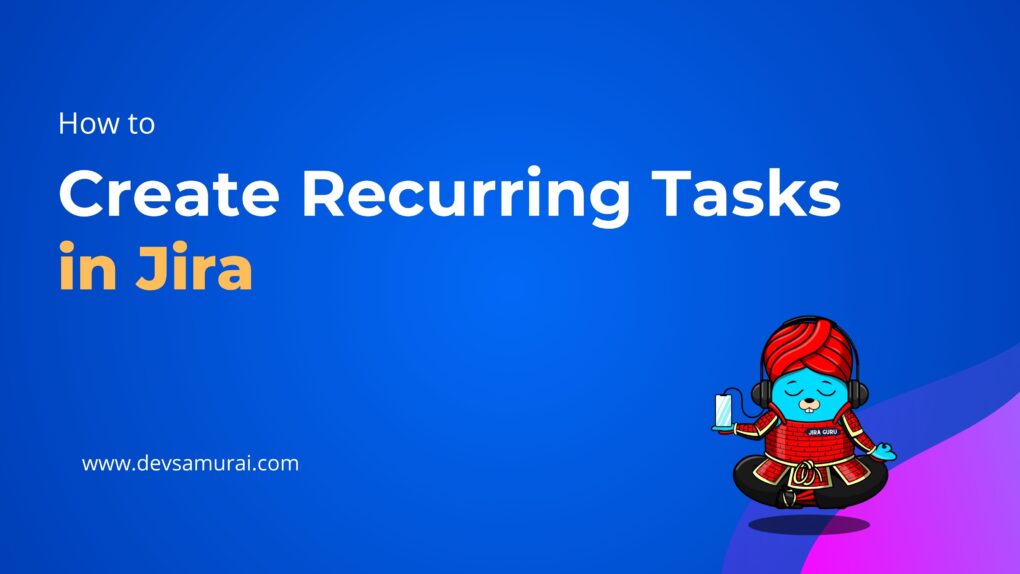Project management is a critical aspect of any organization. There are numerous methodologies and frameworks that organizations can use to manage their projects, but two of the most popular are Kanban and Scrum. Both of these frameworks are highly effective, but they are significantly different from one another, and the right choice depends on your team’s specific needs. In this blog, we will explore the key differences between Kanban and Scrum and help you determine which one is best for your team.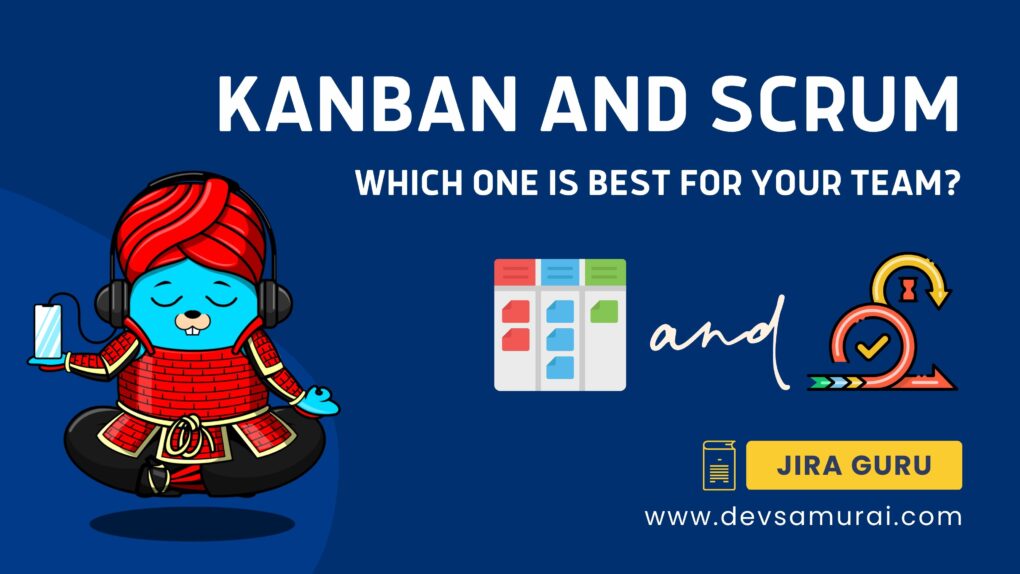
What is Kanban and Scrum?
First, let’s talk about Kanban. Kanban is a visual approach to managing work, based on the principles of Just-in-Time and Lean manufacturing. In software development, Kanban involves visualizing the work to be done on a Kanban board, with tasks or user stories represented as cards or sticky notes. The focus is on managing flow, limiting work in progress, and delivering value continuously. Kanban has no prescribed timeboxes or ceremonies, and work is pulled from the backlog and completed as quickly as possible. This makes it a great choice for teams that value flexibility and responsiveness over predictability.
Now, let’s move on to Scrum. Scrum is an agile framework for managing and completing complex projects. It’s based on the principles of transparency, inspection, and adaptation. The framework consists of three roles: Product Owner, Scrum Master, and Development Team. Sprints are timeboxed iterations of work, typically lasting between one and four weeks, and each sprint begins with a planning meeting. The Development Team then works on the selected items and holds a daily stand-up meeting to synchronize their activities and identify any impediments to progress. The sprint ends with a review and retrospective meeting, where the Development Team demonstrates the work completed during the sprint and reflects on their process. This structured approach makes Scrum a great choice for teams that need a clear framework to manage complex projects.
What is the difference between Kanban and Scrum?
Kanban and Scrum are two popular project management frameworks used to visualize and manage the flow of work. The main differences between them are: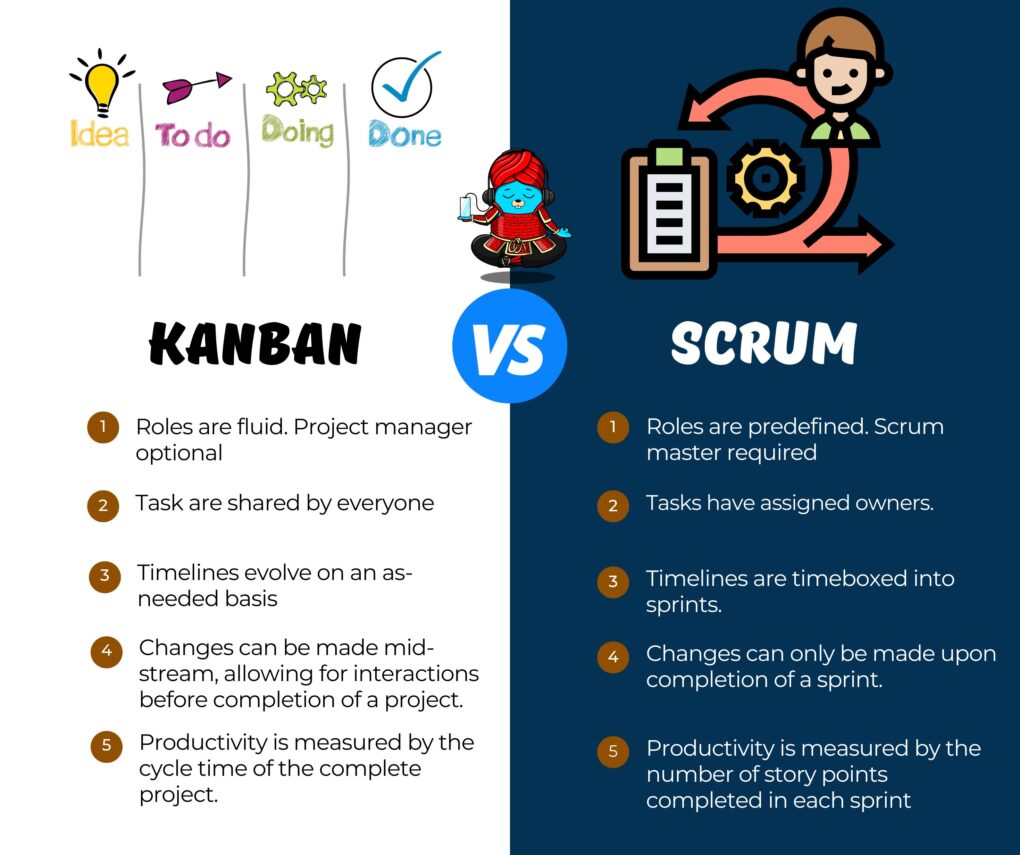
- Approach to work management: Kanban is a visual framework that uses a board to manage tasks and monitor progress, and is designed to be flexible and adaptive. Scrum is a structured framework specifically designed for software development projects, and uses sprints, time-boxed periods during which specific goals are set and achieved.
- Flexibility: Kanban is more flexible and adaptable, allowing teams to change the process as needed, while Scrum follows a more structured and defined process.
- Collaboration and communication: Scrum includes regular stand-up meetings and sprint retrospectives, which provide opportunities for the team to collaborate and communicate. Kanban does not have a specific time for regular team communication, but it still allows for collaboration through the visual representation of the work.
- Time-boxed vs. non-time-boxed: Scrum is based on sprints, which are time-boxed periods of work, while Kanban does not have a specific time-box and is designed to be more flexible.
- Predictability: Scrum is designed for projects with high levels of uncertainty and unpredictability, while Kanban is better suited for projects with predictable and stable workloads.
Which one is best for your team?
So, which one is best for your team? The answer, as you might have guessed, is that it depends on your team’s specific needs and circumstances. If your team values flexibility and responsiveness over predictability, Kanban may be the right choice. On the other hand, if your team needs a structured framework to manage complex projects, Scrum may be the better option.
It’s also worth mentioning that some teams may choose to use a hybrid approach, combining elements of Kanban and Scrum to create a customized agile framework that meets their specific needs. This approach can be particularly useful for teams that have unique requirements or that are working on projects that don’t fit neatly into either Kanban or Scrum.
- Workload variability: If your team’s workload is variable or unpredictable, Kanban may be the better choice. The lack of a predetermined schedule allows teams to work on tasks when they are ready, which can help to ensure that tasks are completed efficiently.
- Project uncertainty: If your project is highly uncertain or unpredictable, Scrum may be the better choice. The sprints provide a structure that helps to mitigate risk, and the continuous improvement focus of the framework can help your team stay on track.
- Process flexibility: If your team requires a high level of process flexibility, Kanban may be the better choice. The lack of a predetermined schedule allows teams to adapt to changing circumstances and respond to new information as it becomes available.
- Collaboration and communication: If your team requires regular collaboration and communication, Scrum may be the better choice. The daily stand-up meetings and sprint retrospectives provide regular opportunities for the team to communicate and collaborate, which can help to ensure that everyone is on the same page and working towards the same goals.
- Team size and structure: If your team is small and cohesive, either Kanban or Scrum can be effective. However, if your team is larger or more dispersed, Scrum may be the better choice as it provides a structure for communication and collaboration that can help to keep everyone aligned.
Both Kanban and Scrum are effective project management frameworks, but the right choice depends on your team’s specific needs and circumstances. If your team’s workload is variable or unpredictable, Kanban may be the better choice. If your project is highly uncertain or unpredictable, Scrum may be the better choice. The key is to consider your team’s specific needs and choose the framework that best supports your goals and objectives.
Regardless of which framework you choose, it is important to remember that the most important factor in project success is not the framework itself, but the team’s ability to work effectively together. By fostering a culture of collaboration, communication, and continuous improvement, you can ensure that your projects are delivered on time, within budget, and to the required quality standards.
About DevSamurai
DevSamurai is a Global IT service company that provides DevOps solutions for Jira, Atlassian and more… using cutting-edge technology to its growing customer base. DevSamurai is customer-centric and helps clients to leverage the power of IT to improve their business. DevSamurai use cloud computing platforms, DevOps tools, and best practices in global industry standards to guarantee the efficiency of their clients’ organization.
If you want even more app to manage your project, check out these resources: Atlassian Marketplace



